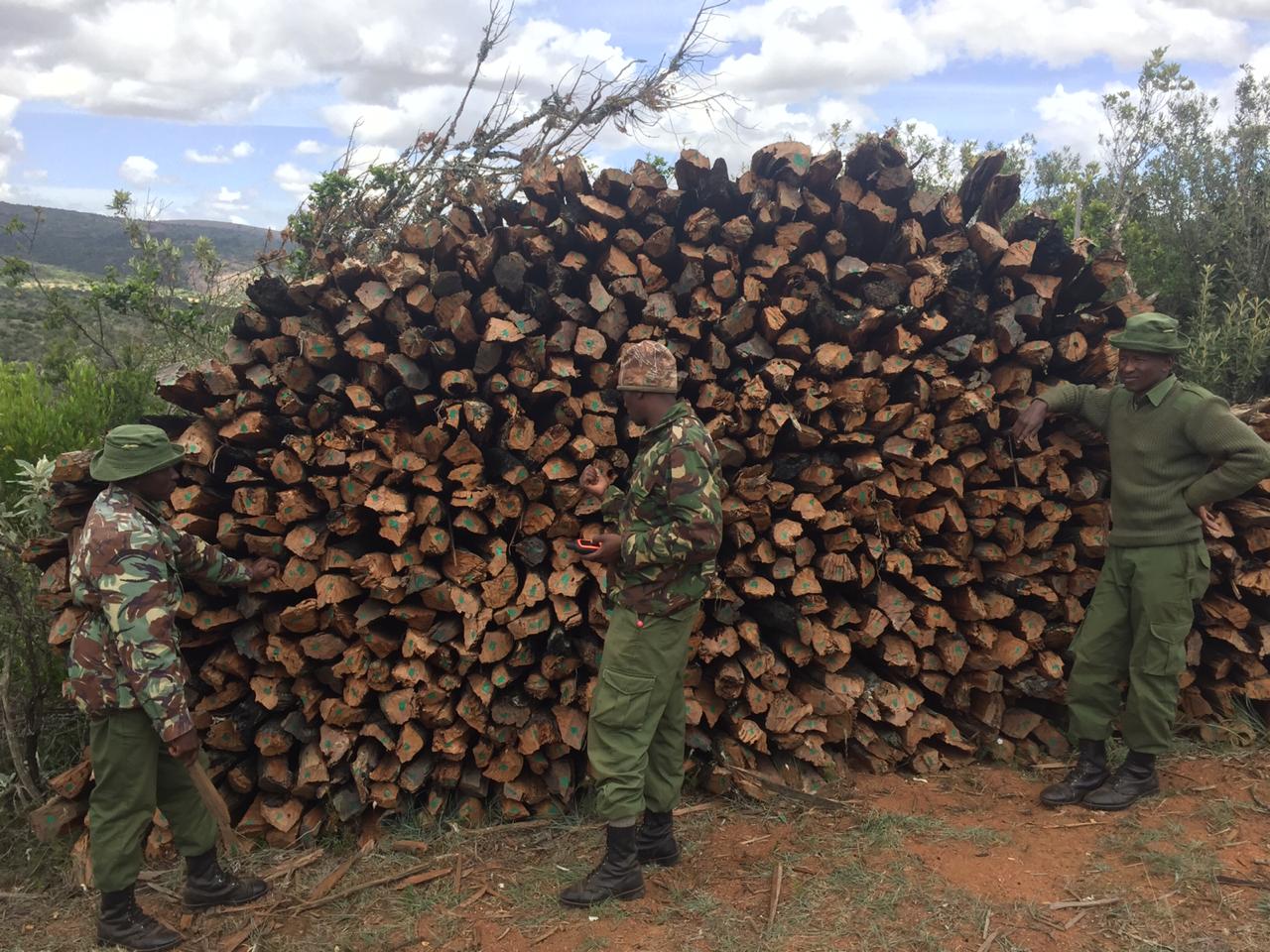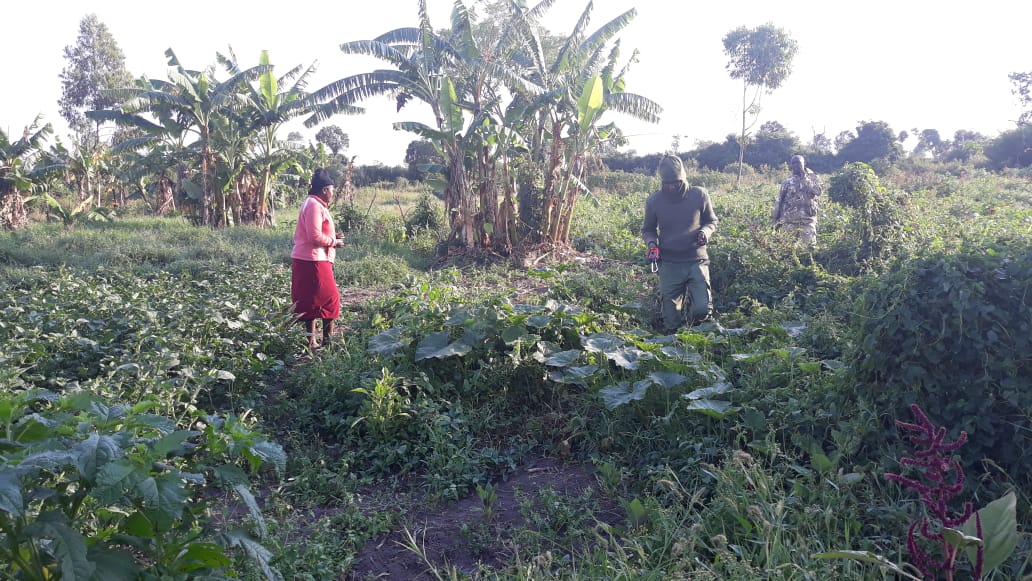This month Mara Elephant Project suffered a tremendous blow with the loss of co-founder Richard Roberts.
“The Mara Elephant Project suffered a great loss on August 18 with the death of our co-founder and trustee Richard Roberts. Richard was a conservation giant of his generation. He was a true son of the greater Mara region where he spent his earliest life and fought for its best future all his life – sadly snatched too early from us all. He believed with utmost passion and total focus that in the Mara all of its wide community should benefit from its unique environment. He believed that the people of the Mara were the guardians of one of the greatest wildlife spectacles on Earth. The MEP Board of Trustees conveys our deepest sympathy to Liz, Willoughby, Ivy and the wider Roberts family at this time of great bereavement and sadness. A visionary son of Africa has been taken from us all too soon.” Mara Elephant Project Board of Trustees Chairman Colin Church
In August, MEP received notice that the Sheldrick Wildlife Trust (SWT) agreed to fund a second team in the Mau Forest to conduct anti-poaching patrols. This will increase our area of coverage in the Mau, which is in need of more protection. To this point, around one year ago we sent a mobile team into the hills around Naarosora and they successfully stopped the illegal logging of pencil cedar in the area. Their presence meant that illegal logging quieted down for the rest of the year and we were able to move into the Loita Forest to protect elephants in that area. But this month we returned to Naarosora and found a huge number of cedar trees cut down to fashion 4,600 fence posts. We started recovering these posts with the Kenya Wildlife Service. We will keep up our patrols in the Loita Hills. The August Situation Report really highlights the illegal logging and the need for further protection in areas like the Mau, Loita and Nyakweri. MEP rangers recovered 6,200 pieces of cedar during the month of August alone! We witnessed habitat degradation firsthand during the collaring operation in the Nyakweri Forest on August 20. We were dismayed to see the levels of charcoal production and deforestation. The Loita team recovered 1,000 pieces of cedar posts in Naroosura Olokeri area. Waiting to be transported to KWS HQ.
The Loita team recovered 1,000 pieces of cedar posts in Naroosura Olokeri area. Waiting to be transported to KWS HQ.
In August, the MEP team successfully re-collared Ivy with her fourth collar. She’s one of MEP’s longest tracked individuals and also a notorious crop raider who has been continuously crop-raiding since we’ve tracked her, keeping our team based in Munyas on their feet with her almost nightly forays across the river. Recent results show that elephants can be categorized into three groups: those that rarely (if ever) crop-raid; those that do it sometimes; and those that are habitual raiders like Ivy. We also attached a collar generously sponsored by Angama Foundation onto an elephant called Fitz, who’s data will continue on where the elephants Lucy’s and Tunai’s collars left off and help us to map out elephant range and use within the Nyakweri Forest. The Angama Foundation also supported the protection of an elephant for three years and wrote about their experience on the collaring operation here. Dr. Jake Wall taking Fitz’s pulse during the collaring operation.
Dr. Jake Wall taking Fitz’s pulse during the collaring operation.
There were 11 human-elephant conflict incidents that MEP rangers responded to during the month of August. All incidents were responded to using vehicles, firecrackers, chili powder pods or in extreme cases, the Karen Blixen Camp Trust helicopter. The helicopter was very helpful this month in accessing difficult locations like the Mau, Sand River and Loita. Adam Bannister came to MEP HQ and got some amazing shots of the helicopter as we pushed Fred back across the Mara River from a conflict area. We had several elephants who were busy in August crop raiding nearby farms. Shorty crossed a geo-fence almost every day to crop raid and Fred, Hangzhou and Ivy were busy as well in August. Namunyak was visited by MEP rangers on the 11th and found a herd of more than 10 with her. Kiambi was also sighted in August with Limo. Chelsea and Caroline spent some time together in August.

Crop damage in August.
At the end of the month, we hosted Dr. Lydia Tiller from the elephant’s and bees project. Lydia, who did her PhD on elephant conflict in the Transmara, was able to show us the locations of camera traps she placed along a series of 24 pathways that elephants use to climb the escarpment into the Transmara. She captured and classified 680,000 images of elephants and other wildlife and we’re now working with Microsoft to develop a machine learning algorithm to automatically identify elephants in these camera trap photos. The data will give insight into the numbers of elephants moving in and out of the Transmara as well as group composition, which trails are most active, how long elephants stay up or down and how frequently they repeat their up-down escarpment movements.
It was a busy month for elephants in general with the CITES COP18 meeting in Switzerland taking place the last two weeks of August. Kenya took a strong stance in opposition of other African nations that all ivory stockpiles should be heavily regulated by CITES and not sold on the open market. Also rejected was the proposal to downgrade elephant from Appendix 1 to Appendix 2 to allow countries like South Africa to sell raw ivory for commercial purposes. This would have directly undermined Kenya’s stance that all of the ivory markets around the world should be closed. MEP can safely say that Kenya’s strong stance on not allowing elephants to be downgraded from Appendix 1 or reopening ivory markets previously closed will ensure this species continues to survive and thrive in Kenya.
MEP Monthly Report August 2019
MEP celebrated World Elephant Day on August 12 and combined with World Ranger Day on July 31 we raised over $12,500 in support of MEP rangers and helicopter flying time. Thank you to everyone else who supported MEP in August, where we had a total of $18,000 in donations from individuals. Thank you to Frani for celebrating her birthday by supporting MEP on Facebook. The second quarter newsletter was released in August, if you missed it, read here. The direct mail campaign that Mara Elephant Project began in March will continue into 2019 in hopes of raising more money for core operations.
The Indianapolis Zoo supported the protection of an elephant in the Mau Forest for two years and wrote a wonderful blog about why it’s vital for them to partner with organizations like MEP, you can read it here. The Greatest Maasai Mara photo competition continues to impress in August with many entries benefiting MEP. Thank you to Fernando Morales Roca, Barbara Jensen Vorster, Deana Johnson, Megan Russell, Yujie Huang, and Shameer Patel for supporting MEP!

An entry in the competition benefitting MEP from Yujie Huang.


